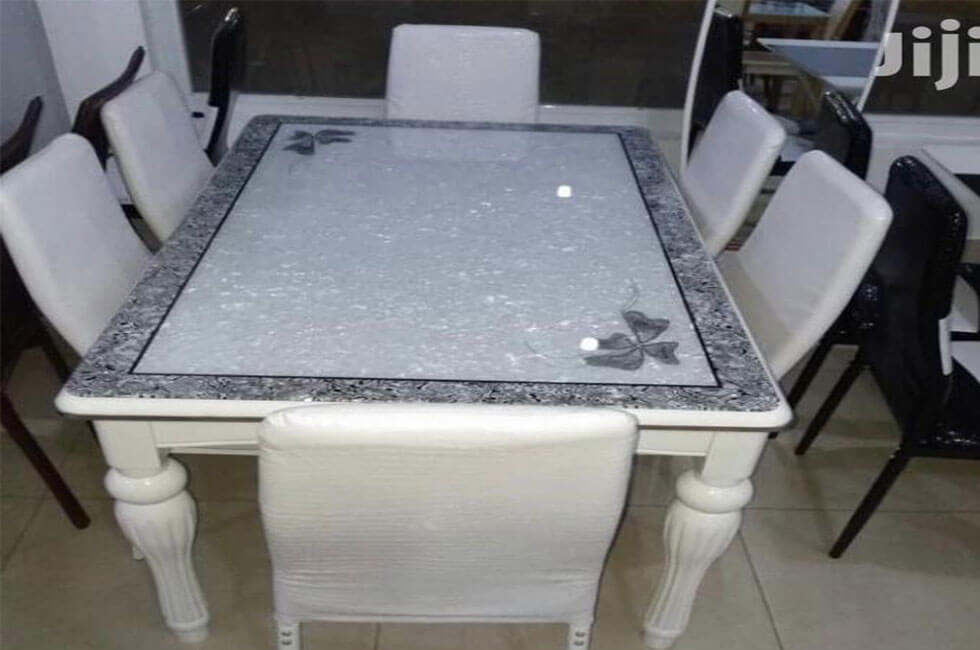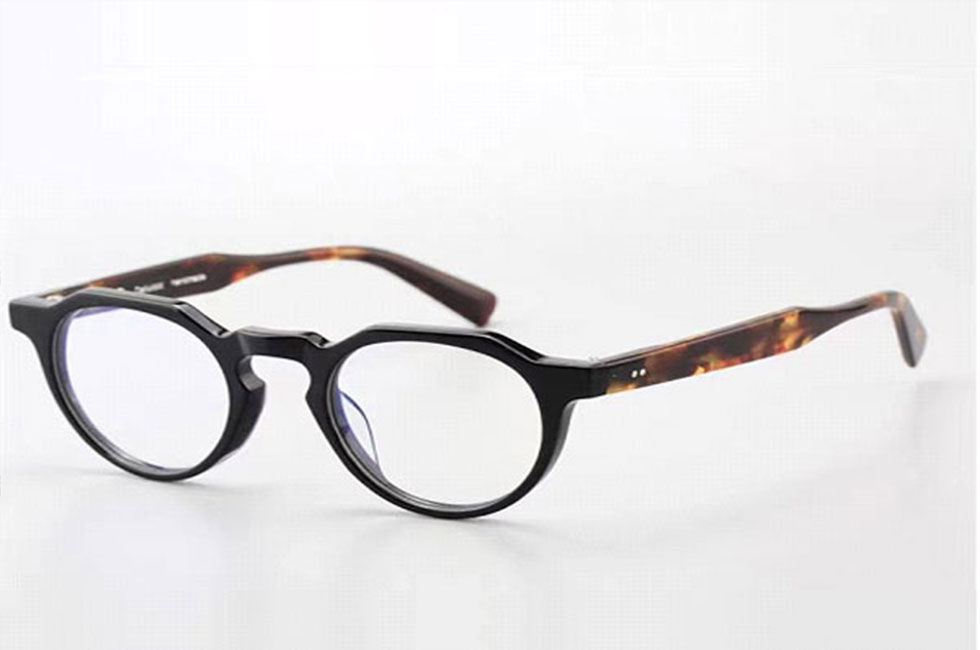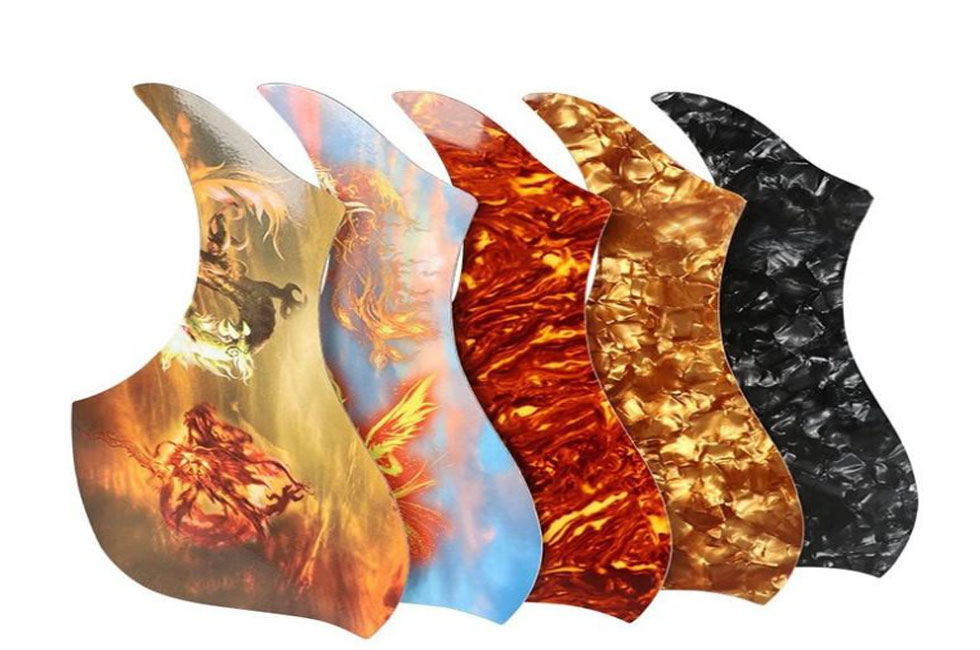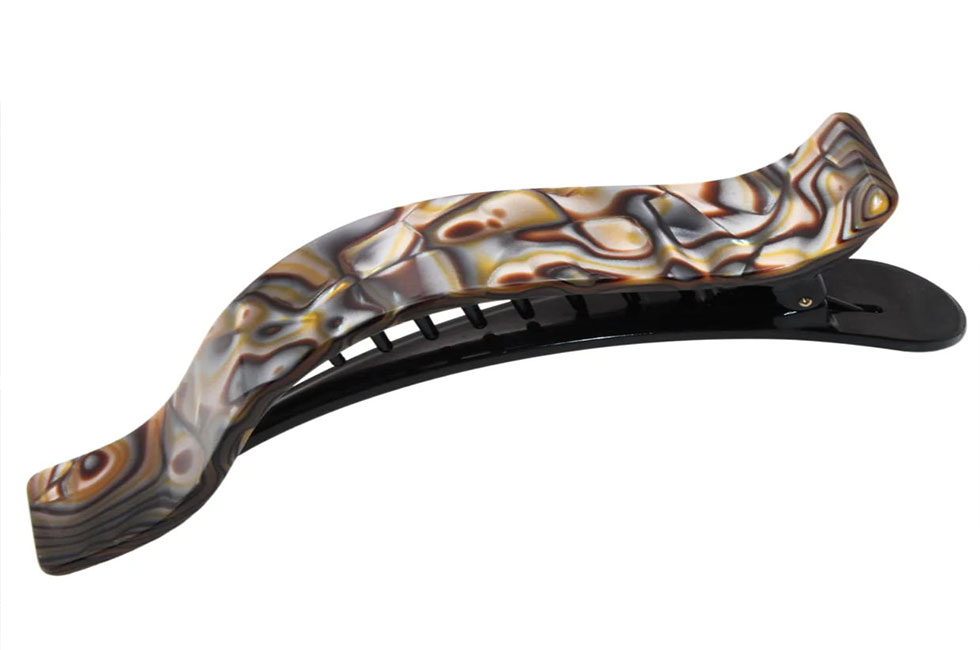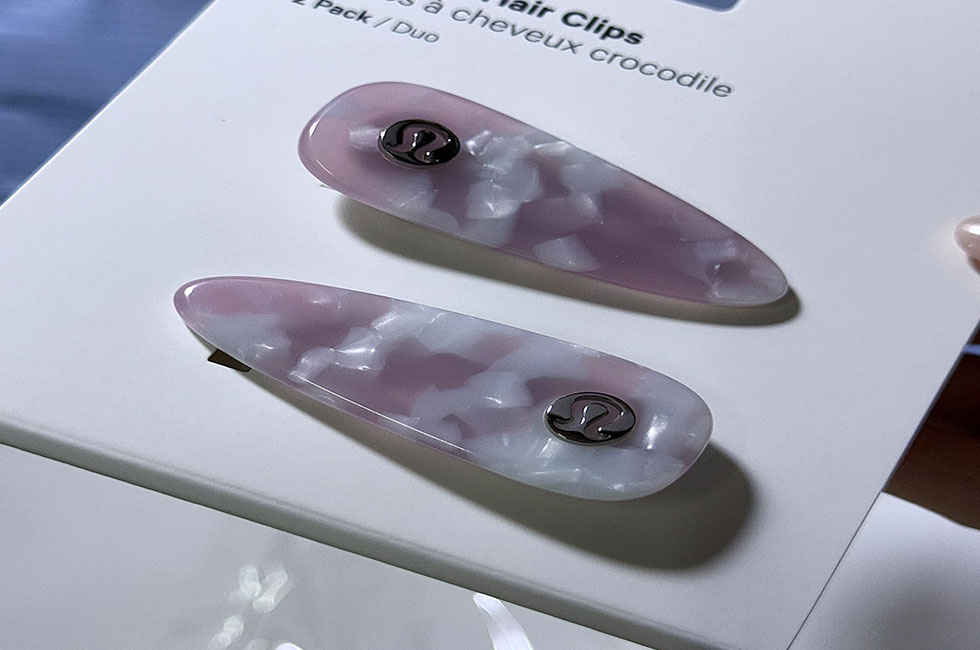What is Celluloid Sheet ?
Overview
Celluloid is the origin of plastic. In 1868, John Hyatt of Albany, USA, a printer by trade, was fascinated by billiard balls and decided to invent a material to replace ivory. He initially added shellac, a natural resin, to sawdust, lumping the wood chips together and rolling them into balls. These balls resembled ivory billiard balls, but they shattered easily. One day, he discovered that nitrocellulose, a raw material for gunpowder, formed a transparent, strong film when dissolved in alcohol and applied to an object. He attempted to form balls from this film, but his experiments failed repeatedly. Finally, in 1869, he discovered that adding camphor to nitrocellulose transformed it into a highly flexible, hard, and non-brittle material.
Development History
1. Celluloid, or marble film, was discovered by C.F. Schönbein of the University of Basel in Switzerland in 1846. At the time, it was used only as a shellac substitute.
2. In 1869, J.W. Hyatt et al. discovered that an alcoholic solution of camphor could make cellulose nitrate easier to process and more flexible.
3. In 1872, a celluloid (marble film) factory was built in Newark, USA. In 1877, the Celluloid (Marble Film) Manufacturing Company, established in the UK based on Hyatt’s technology, began using celluloid (marble film) to produce plastic products such as fake ivory and billiard balls. Later, it was used as a film base (see support), but due to its flammability, it was quickly replaced by cellulose acetate and polyester. Celluloid was primarily used in table tennis balls and eyeglass frames. 4. In 1908 (Meiji 41), the Mitsui family invested in the establishment of Sakai Celluloid Co., Ltd., while Mitsubishi (the Iwasaki family), Iwai & Co., Ltd., and Suzuki & Co., Ltd. invested in the establishment of Japan Celluloid Rayon Co., Ltd. These marked the beginnings of Japan’s domestic celluloid industry and served as the forerunners of the Sakai and Aboshi factories. Subsequently, celluloid factories were established one after another, experiencing a period of activity during World War I. However, with the end of the war, a recession ensued, resulting in a decrease in global demand for celluloid and intensified sales competition within the industry, leading to signs of industry weakness.
5. In 1919 (Taisho 8), the time was ripe for consolidation, and eight celluloid companies merged.
6. In 1990, a Japanese-Italian joint venture established a factory in Shanghai, serving only the international market, not domestically. 7. In 2003, Chinese businessmen established a celluloid company in Jiujiang City, Jiangxi Province, introduced advanced Italian technology and equipment, and independently developed a wet block molding method, which accelerated the production speed and greatly met the market demand that had been in short supply.
Characteristics
Celluloid is an early synthetic plastic with many unique properties. It is generally thinner and lighter than Bakelite. When heated to high temperatures, it becomes brittle and may crack. Although more brittle than Bakelite, it can still be bent or twisted. Some celluloid sheets are highly flammable. When exposed to hot water, celluloid may release acids that smell like vinegar or aged camphor. Moisture, extreme temperatures, or certain chemicals can damage celluloid jewelry. Prolonged storage in a closed environment can also cause celluloid to become more brittle and even crack.
Application
Celluloid’s uses are numerous and extend far beyond billiard tables. It can be molded at the boiling point of water; it can be cut, drilled, or sawn at lower temperatures; it can be hardened in blocks or made into flexible sheets (used for things like shirt collars and children’s toys). Thinner and more resilient sheets can be used as a base for colloidal silver compounds, making it the first practical photographic film.
Its most common uses are ping-pong balls, ornamental headwear, musical instrument decorations, and picks. Other applications are in the chemical industry, aerospace, machinery, printing and dyeing, building materials, decoration, packaging, cosmetics, and gift wrapping.
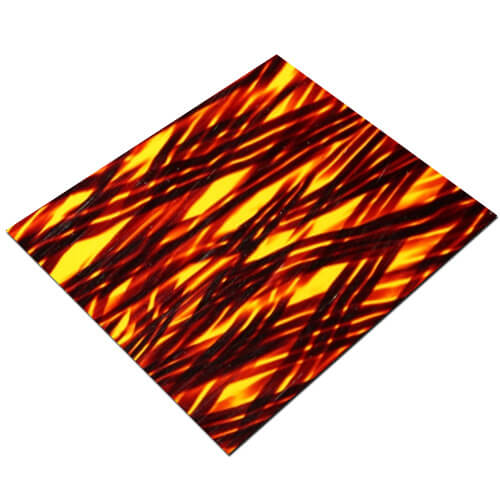
Contact us team
If you are interested in our article after reading it, please do not hesitate to send us an email to express your thoughts.


